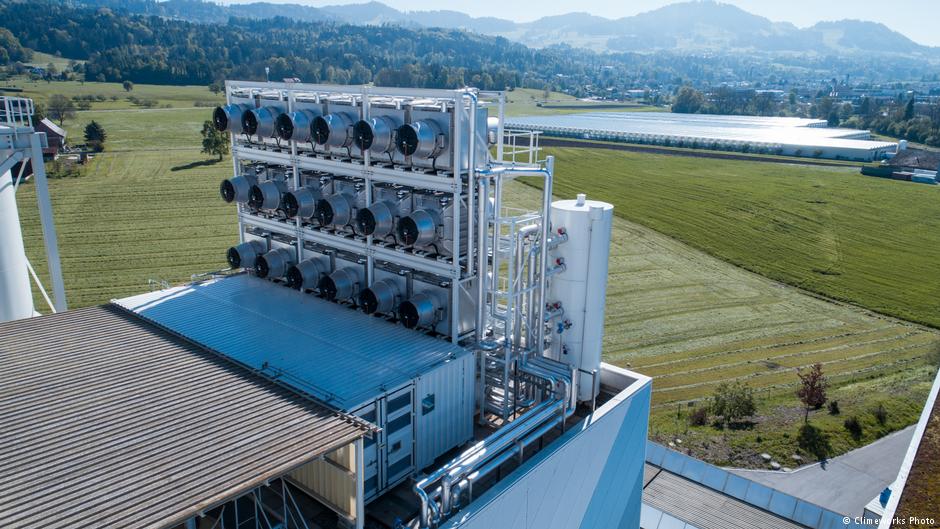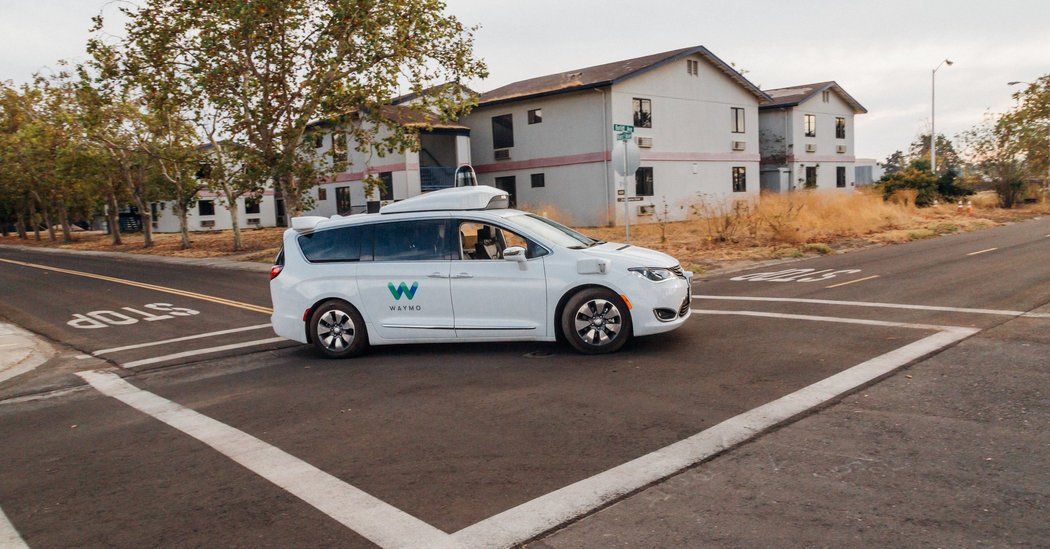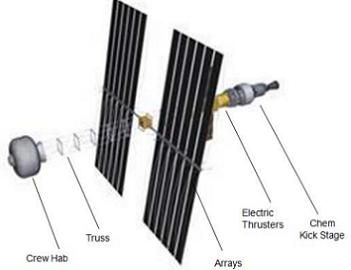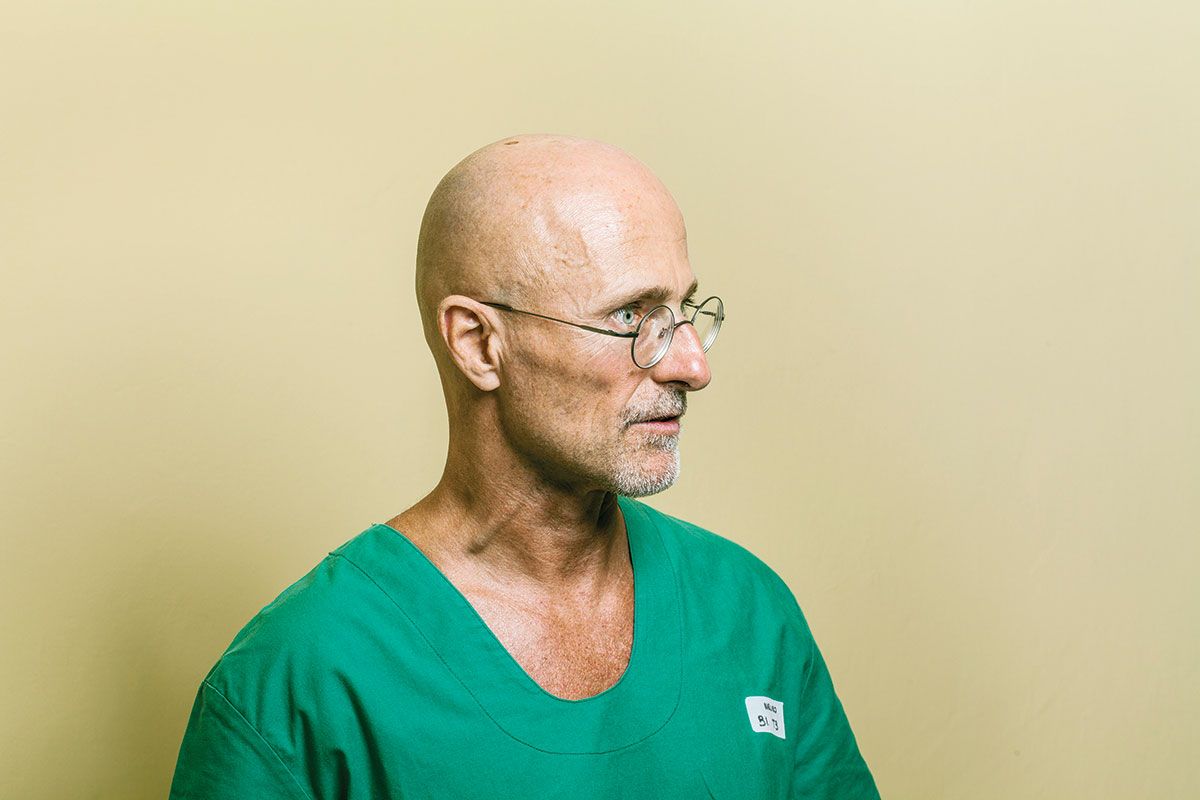I was thinking about this thing, and the one in Iceland. Maybe we could build giant blimps in the atmosphere of Venus, it would carry that machine on its belly, and on the back of the blimp super advanced solar panels. Then inside of the blimp the CO2 could be mixed into liquid crystals or something like that and be dropped like rain down on the surface, to eventually terraform it.
Global Engineering — a phrase that describes steadying the world’s climate with technical solutions. A Swiss company has received EU funding to develop a machine that captures CO2. Can it really make a difference?








